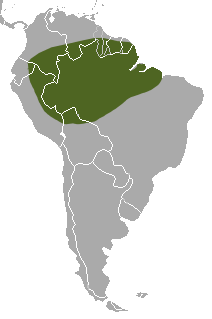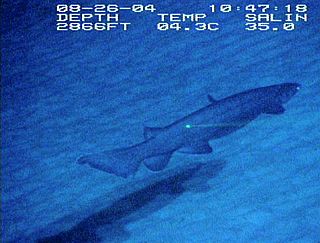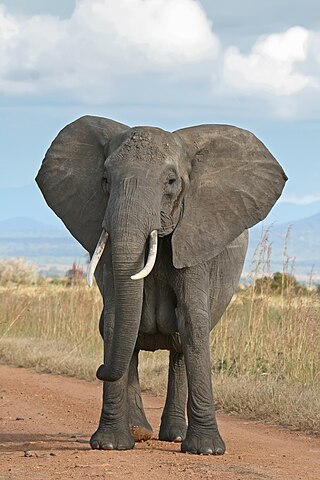
Black studies or Africana studies, is an interdisciplinary academic field that primarily focuses on the study of the history, culture, and politics of the peoples of the African diaspora and Africa. The field includes scholars of African-American, Afro-Canadian, Afro-Caribbean, Afro-Latino, Afro-European, Afro-Asian, African Australian, and African literature, history, politics, and religion as well as those from disciplines, such as sociology, anthropology, cultural studies, psychology, education, and many other disciplines within the humanities and social sciences. The field also uses various types of research methods.

Womanism is a term originating from the work of African American author Alice Walker in her 1983 book In Search of Our Mothers' Gardens, denoting a movement within feminism, primarily championed by Black feminists. Walker coined the term "womanist" in the short story Coming Apart in 1979. Her initial use of the term evolved to envelop a spectrum of issues and perspectives facing black women and others.

The Amazon weasel, also known as the tropical weasel, is a species of weasel native to South America. It was first identified from a museum specimen mislabelled as coming from Africa, hence the scientific name.

Museum Africa or MuseuMAfricA is a historical museum in Newtown, Johannesburg, South Africa.

Kigelia is a genus of flowering plants in the family Bignoniaceae. The genus consists of only one species, Kigelia africana, which occurs throughout tropical Africa. The so-called sausage tree grows a poisonous fruit that is up to 60 cm long, weighs about 7 kg, and resembles a sausage in a casing.

The southern African frilled shark is a species of shark in the family Chlamydoselachidae, described in 2009. It is found in the deep waters off southern Angola to southern Namibia. This species is difficult to distinguish from the better-known frilled shark, but is smaller at maturity and differs in several proportional measurements including head length and mouth width. It seems to be a specialized predator of smaller sharks, using its flexible jaws and numerous needle-like, recurved teeth to capture and swallow them whole. Reproduction is presumably aplacental viviparous, as with the other member of its family.

The African angelshark is an angelshark of the family Squatinidae.

Prunus africana, the African cherry, has a wide distribution in Africa, occurring in montane regions of central and southern Africa and on the islands of Bioko, São-Tomé, Grande Comore, and Madagascar. It can be found at 900–3,400 m (3,000–10,000 ft) above sea level. It is a canopy tree 30–40 m in height, and is the tallest member of Prunus. Large-diameter trees have impressive, spreading crowns. It requires a moist climate, 900–3,400 mm (35–130 in) annual rainfall, and is moderately frost-tolerant. P. africana appears to be a light-demanding, secondary-forest species.
Africana: The Encyclopedia of the African and African-American Experience edited by Henry Louis Gates and Anthony Appiah is a compendium of Africana studies including African studies and the "Pan-African diaspora" inspired by W. E. B. Du Bois' project of an Encyclopedia Africana. Du Bois envisioned "an Encyclopedia Africana," which was to be "unashamedly Afro-Centric but not indifferent to the impact of the outside world."

Cherninia is an extinct genus of mastodonsaurid temnospondyl. The type species, Cherninia denwai, is known from the Denwa Formation of India. It is based on a massive skull, ISI A 54, which was originally considered a species of Parotosuchus in 1998 before being given its own genus in 2001.
Africana philosophy is the work of philosophers of African descent and others whose work deals with the subject matter of the African diaspora. The name does not refer to a particular philosophy, philosophical system, method, or tradition. Rather, Africana philosophy is a third-order, metaphilosophical, umbrella-concept used to bring organizing oversight to various efforts of philosophizing. Africana philosophy is a part of and developed within the field of Africana studies.

The African bush elephant, also known as the African savanna elephant, is one of two extant African elephant species and one of three extant elephant species. It is the largest living terrestrial animal, with bulls reaching an average shoulder height of 3.04–3.36 metres (10.0–11.0 ft) and a body mass of 5.2–6.9 tonnes (11,500–15,200 lb), with the largest recorded specimen having a shoulder height of 3.96 metres (13.0 ft) and a body mass of 10.4 tonnes (22,900 lb).
"Africana womanism" is a term coined in the late 1980s by Clenora Hudson-Weems, intended as an ideology applicable to all women of African descent. It is grounded in African culture and Afrocentrism and focuses on the experiences, struggles, needs, and desires of Africana women of the African diaspora. It distinguishes itself from feminism, or Alice Walker's womanism. Africana womanism pays more attention to and focuses more on the realities and the injustices in society in regard to race.

Epigynopteryx is a genus of moths in the family Geometridae. The genus was described by Warren in 1895.
Bulaimu Muwanga Kibirige,, commonly known as BMK, was a Ugandan businessman, entrepreneur, and hotel owner. According to a 2012 published report, he was one of the wealthiest people in Uganda.
Epigynopteryx maeviaria is a moth of the family Geometridae. It is found in subtropical Africa and is known from Angola, Congo, Kenya, Malawi, South Africa, Tanzania and Zimbabwe.
Epigynopteryx glycera is a moth of the family Geometridae. It is found in Madagascar.

Epigynopteryx langaria is a moth of the family Geometridae. It is found in Congo.











